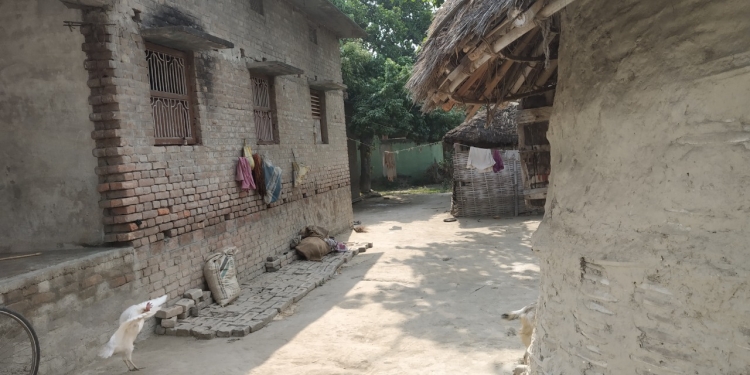
The Binding Constraint: Public Institutions, Governance and Development in Bihar
28 Feb 2016 0 comment(s) Research Essays
(This essay was first published on wordpress blog-site on 28 February 2016)

In this last piece on social choice, development and democracy in Bihar, I would first touch upon a very important, perhaps now the most important issue, impinging on the development of Bihar - the governance and administration, before commenting on last two assembly elections and making some concluding observations.
Decline of Political and Public Institutions and 'Governance Failure'
Institutions, especially political and public institutions are perhaps the most important determinant of long term growth and development once certain basic requirement are fulfilled. Especially in the case of Bihar, it is now increasingly clear that political and public institutions of the state have been the instruments and often the battleground over which the larger discourse of social and economic power has played out.
It can be claimed with certainty that the political and administrative institutions of the state have been made weaker over past fifty years by the nature of politics played in Bihar. One of the most important sign of this is the increased criminalization of politics. And it has been in the making for very long time. There have been claims, mostly convincing, that in the cow-bet, this decline in political institutions started before independence, when the local Congress leaders got the first shot at political and executive power in 1935. In post-independence Bihar, before the rise of Lalu, it would not be an exaggeration to say that upper caste criminals often dominated the political scene. With the rise of Lalu, criminals from Yadav castes as well as from Muslim community started to dominate the scene. In that sense, Lalu's social justice was only rhetoric, in reality the state power was captured, as has always been the case, by the ruling political elites of the state. However, I must hasten to add that during the past ten years, the trend has been towards decline in the active role and power of criminal elements in politics, though much is yet to be done.
Perhaps, even more important is the gradual decline in the administrative institutions and governance structure in Bihar since independence. And past ten years do not show any improvement on this count! The most important challenge facing Bihar today is that of governance, running the state machinery and of delivering public services. Bihar appears to be the classic example of what economist Lant Pritchett says “a flailing state” (Pritchett, 2009). I would certainly claim that, if not earlier, certainly now, governance is, to use a term from optimization theory, the ‘binding constraint’ in Bihar. This claim is made despite the rosy picture of phenomenal growth rate of Bihar for past 10 years (The latest Economic Survey of Bihar of 2016 claims it to be more than 10% per annum continuously over past 10 years, certainly a commendable achievement). I will not analyse this “governance” story of Bihar here (May be, it should form another series for my blog). However, it must be pointed out that despite all the growth and recognition of Nitish Kumar as ‘shushasan babu’ (good-governance man), the administrative structure and institutions of Bihar are in tatters. I will cite only one case which is sufficient to paint the picture of administrative decay of Bihar: A newspaper in 2014 reported a case of corpse of an infant lying unattended in PMCH campus (the best medical college and hospital in Bihar) and stray dogs trying to make it their food! Truly horrible. What is more, I distinctly remember reading same news 20 years ago when I was in college. And this might have been the case even 40-45 years ago too. So where are public institutions and governance structure, how are organizations being run, what kind of public services are being provided? Where the fabulous growth of 10% per annum is coming from and where the benefits of such growth is going, when the basic healthcare deliver systems are in such a pathetic state? This solitary case of PMCH is sufficient to nullify all the growth story of Bihar, and such a sorry state of affairs is a shame for all of us, especially those who are responsible for running the state, its administration and public services.
Understandably, this gradual decay in public institutions and political system has brought a tremendous change in the Bihar’s countryside in last three four decades. The landed classes of the past have given way to a combination of groups - political functionaries, government officials, contractors, professionals of the ruling parties and the mafia gangs connected with them - who constitute the new ruling class. A new form of exploitation has been superimposed on the old which directly uses the state agencies to consolidate its power (Sinha, 1996). So in such a case of large scale 'governance failure' - to use the appropriate word - informal channel becomes much more important for public at large. However, the cost of such failure is borne disproportionately by lower and poorer classes, who are not in a position to access and utilize those informal channels. It is a well documented fact that dysfunctional vital public services, like healthcare, have a cascading and multiplier effect on public welfare, because for poor, even one forced instance of accessing private health services is a long term 'economic shock' with devastating effect on the livelihood, education, health- physical and psychological, social standing and economic prospects of the whole family, and often extending beyond family, to the community of the poor.
Further, over the long reign of Lalu Yadav, there was certainly a perceptible decline in the law and order situation and general administration even for normal citizen in urban areas and peasant/farmers in rural areas. This has quite a substantial impact on the general mood and perception of the public. One of the examples of the decline of public administration is certainly the fodder scam where officers of a small department succeeded in stealing nearly Rs. 100 billion through gross violation of basic financial rules, of course with active connivance of political class including some at the highest level (Joseph, 1997). Despite these declines, increasing privatization of the state power and collapse of governance machinery (EPW, 2003), Lalu's formidable caste based combine of MY (Muslim-Yadav, and to some extent scheduled castes) brought electoral victories for him. On the other hand, one of the institutional developments, not unique to Bihar, which has been instrumental in decisive emergence of the backward castes is Panchayati Raj. Their presence in the power structure as mukhias and Zila Parishad chairman indicate the new social and political equation emerging at the local level (Gupta, 2001). Now, with 50% reservation for women in Bihar, Panchayati Raj institution has given unprecedented exposure to women agency and has potential to empower and transform the women fundamentally by not only improving their well being but also the agency itself. State government has very recently announced 35% reservation for women in government jobs, another decision with far reaching long-term consequences. However, I must again add that the situation in terms of poor law and order is a thing of past, and perhaps one of the most important achievement of Nitish government during 2005-10 was a rapid improvement in law and order situation in the state.
Elections 2010 and 2015: Social Choice for Development?
The spectacular win of Nitish Kumar led NDA coalition in the assembly elections of Bihar of 2010, where the combine won 206 out of 243 seats has been called a watershed in Bihar political history. Nitish rule during 2005-10 was marked by improvement in all fronts, especially in law and order, roads, school education, healthcare etc, though there were some concerns too on the nature of reported 11% per annum growth story of Bihar of those five years (Nagaraj, 2010). There have been some highly visible and successful schemes like bicycle for school going girls, direct money transfer for school dress to school going kids, vocational education schemes and promotion of self-help groups for women (Tiwari, 2010) etc. which were considered quite effective and were hugely popular. Nitish also reserved 50% of seats in Panchayati Raj institutions for women making Bihar the first state in India to do so, which was followed by other states and ultimately by the Central government. As a result, women empowerment seems to have played a major role in his victory as women came in large number to vote, their proportion being larger than that of men for the first time in history of Bihar (and perhaps in India too).
Clearly, Nitish emphasis since the beginning was on development politics, he never talked of caste based politics, politics of identity but emphasized on 'vikas' - development and asked people to vote on the basis of his performance in last five years. For the first time perhaps in post independent India, he talked of Bihari regional/sub-national identity, of bringing respect to the 'Bihari' identity, of taking Bihar to the next level of development, and did not talk of any factional caste identity. All this seems to have found ample support among masses, and has contributed to his huge victory.
Nevertheless, caste played an important role in the background. After all, the political coalition between Nitish party (JDU) and BJP is a compromise between forward caste and upper backward castes. He expanded this appeal by bringing lower backwards castes to his coalition and also brought significant proportion of Muslims, with his secular credentials. Large proportion of scheduled castes have also voted for him thought there obviously was division of these votes due to presence of Ram Vilas Paswan with Lalu Prasad.
However, some deep rooted schism in this coalition between upper and backward castes becomes evident when we look at the strike rate of JDU and BJP (seats won as % of seats fought). It was 82% for JDU and 89% for BJP. In the last elections of 2005, JD-U strike rate was 65%, 10% higher than BJP. As this time the elections were basically fought as Nitish vs. others, lower strike rate for Nitish's party appears to be strange. But it may have happened due to the fact that not all upper caste votes (of BJP) were transferred to JDU, whereas all votes for Nitish Kumar (JDU) have been transferred to BJP giving a better strike rate to BJP. It perhaps showed the still present animosity in certain sections of upper castes towards the rise of upper and lower backward castes on the political and social scene.
During 2013-15, there has been another kind of political upheavals in Bihar. Once foes, Nitish and Lalu (and Congress) came together to fight 2015 assembly elections after Nitish’s breakup with BJP in 2013. The combined strength of Nitish- Lalu won a comprehensive and decisive win with 178 seats out of 243, despite tremendous efforts by BJP and Prime Minister Narendra Modi. Of course, the caste athematic was strongly in Lalu-Nitish favour, with Yadav, Muslims, most of backward castes and scheduled caste supporting them. However, during electioneering, Nitish only talked of governance and development of Bihar. On the other hand Lalu, as usual, has no qualms talking about social justice and social engineering. Women, again came out in large number and voted for Nitish Kumar. Interestingly, the strike rate of Lalu has been much better than Nitish - 80% to that of 71%, and the reasons may again be the differential of transfer of votes of RJD and JDU to each other. There has been apprehension about the presence of RJD in the future government and during 2015 assembly elections one of the important electoral plank of BJP was that Lalu will bring back the dark days of Bihar (the so called Jungle Raj of 1990s). However, the BJP gambit appears to have backfired (as the results have shown), and though it is early to comprehensively conclude, the initial months of new Nitish-Lalu government does not appear to be moving towards the so called Jungle Raj. Interestingly, now every incident of lapse on law and order in Bihar is being much more vigorously portrayed as relapse to the old Jungle Raj - and media is an active participant in this perception game! (I am not amused as I do not expect anything better from most of the popular media).
On this, I would like to make a contrast here - though sadly, poignantly and shockingly - looking at what has happened in Haryana in last few days in the name of Jat agitation -leading to complete breakdown of law and order - and especially the shocking and horrible incident of mass rape of women in Murthal (hardly 50 km away from national capital)- Jungle Raj is perhaps quickly descending to Haryana. Further, the fact that the incident was not yet fully reported/known, as no FIR was lodged (reportedly, police and powerful advised the victims not to report this horrible crime as it would lead to further trouble for them) is even more depressing and worrying.
Governance and Development
Compared to the first tenure of Nitish, the second (2010-15, except for around a year when Jitan Ram Manjhi was Chief Minister) has not much to show in terms of social and economic development. There are no flagship schemes or achievements to showcase. It appears that Nitish has not been able to maintain the juggernaut with which he started in 2005. However, it may also be claimed that starting at a very low base, the first tenure was easier in terms of achieving perceptible results, and concomitantly, building up on first term’s successes would be not that easier. Nevertheless, there are still so many low-hanging ‘development’ fruits to be plucked, Bihar is still so underdeveloped, there are so many things to be done whichever sector you pick, that there is no scope for complacency even for the duration of a generation at least. In most of the important development sectors, like school education, healthcare, childcare and nutrition, agriculture, rural development etc, where the government must be an active and leading agent, the government has not been able to make any significant contribution, whatever has been achieved is little and nothing of the sort which inspire hope for the future, nothing which can be said to be done with a long term vision and developmental goal in mind, nothing to improve and reform the service delivery mechanism.
I will cite an example from healthcare (my bias - I spent my years in Bihar working in this area!) - after the initial spurt in healthcare deliver services during the first tenure (2005-10) of Nitish, when most of the Health sub-center existing only on paper, were actually made operational and patients started visiting them; the second tenure (2010-15) did not see further improvement in them - they are still poorly staffed, without medicines, equipment and other facilities. And the situation remains the same for other, larger establishments - in many cases worse (remember PMCH example above?). No doubt, the government talked about second generation of healthcare reforms, but they did not come by (being part of the government health sector during this phase, I do accept part of the responsibility for the failure). The most important reason for such failures is governance deficit, institutional decay and administrative incapability, which requires urgent and sustained reforms not only in system, structure and process of service delivery but, more importantly, in attitude and approach of the political and bureaucratic leadership ( I would be saying more on this later, in another series of essay).
Society, Development and Democratic Performance in Bihar
Looking at the way social mobilization, with caste as a dominant factor, has unfolded in Bihar in last six decades, it would be a not be easy to conclude that it has undermined democracy. Democracy should be a form of governance whereby the social choices made by citizens can be aggregated successfully and without losing sight of some basic human values like freedom, liberty, and equality of opportunity while also being mindful that weaker, marginalized and minorities are not lost sight of. Democracy should not become a tool of majority tyranny over minority groups. Further, a successful democracy is one which is able to reconcile and satisfy competing claims over political and social power and over resources and which is capable of resolving disputes arising among different identity groups peacefully, primarily through discussion.
If we try to scrutinize the Bihar experience under these standards, it is found to be wanting on some aspects like the societal claims for power and resources have not always been resolved through peaceful means, example being Naxalism and Caste armies; some of the basic freedoms like basic education, primary healthcare, freedom from hunger and poverty, opportunity for livelihood, peaceful social climate etc have not been provided for in sufficient quantity. On the other hand, in the sense of empowering (even notionally) the historically exploited groups of backward and scheduled castes (and even Muslims) socially, the Bihar experience appear to be quite successful. It may give the impression that social empowerment has been achieved at the cost of economic empowerment, but perhaps we need to appreciate the unique social structure of Bihar. The question of sequencing of social and economic development, or questioning the hypothesis of any such sequence itself can not be answered on the basis of empirical or historical evidences and examples. Perhaps its more in the nature of contextual, and depends on so many unique social, cultural, regional, historical, political and economic factors.
Further, it has been argued that political freedom and economic needs should not be seen as representing a dichotomy. Actually there are extensive interconnections between political freedom and the understanding and fulfillment of economic needs (Sen, 1999). Democratic freedom not only helps in providing incentives and information in the solution of actual economic needs, it also facilitates conceptualization of 'needs' through debate and discussion (Sen, 1999). In this sense, Bihar's highly contested and competitive democracy may be termed as providing democratic freedom - though may not often be of very high quality in terms of public debate and discussion - but somehow deciding the macro course of history. Democracy has the capacity to politicize and thus make many issues effective. It has been able to do so in Bihar. But democracy may also be limited in the sense that some of the important issues may not get politicized due to various reasons. In that sense, what Forster has said long back in 1962 still appears to be true for Bihar: “democracy in Bihar certainly deserves two cheers, if not three!”
Policies and politics of social justice have reached a dead end in contemporary India. This does not, however, mean a futile or wasted journey (Yadav, 2009). It aptly describes the Bihar situation. Caste based politics and policies may have been weak on pushing a clearly articulated developmental agenda – especially in the 1980s and 1990s, but has been quite effective in bringing notions of empowerment, freedom and social justice to the forefront. Perhaps, the politics of past ten years points to a promising future - where a genuine effort is being made for an inclusive development. And due to these very social and political reasons that I discussed in this series, the development challenges facing Bihar are much more complex, persistent and difficult. Yet, I am a firm believer that these will be tackled and surmounted, and that Bihar has a promising future!
References
- EPW (Economic and Political Weekly), Editorial: Bihar - All Round Chaos; January 11, 2003
- Forster E.M. (1962). Two Cheers for Democracy, Harcourt Brace and Company, New York
- Gupta Shaibal (2001). New Panchayats and Subaltern Resurgence; Economic and Political Weekly, Mumbai; July 21, 2001
- Joseph K P (1997). Plunder of Public Exchequer as Government Audit Sleeps; Economic and Political Weekly, Mumbai; January 18, 1997
- Nagaraj R & Rahman Andaleed (2010). Booming Bihar - Fact or Fiction?; Economic and Political Weekly, Mumbai; February 20, 2010 Vol. XLV, No. 8
- Pritchett Lant (2009). Is India A Flailing State-Detours on the four Lane Highway to Modernization; Harvard Kennedy School Working Paper, RWP-09-013, Cambridge
- Sen Amartya (1999). Development As Freedom; Oxford University Press, New York, pg 148
- Sinha Arvind (1996). Social Mobilization in Bihar - Bureaucratic Feudalism and Distributive Justice; Economic and Political Weekly, Mumbai; December 21, 1996
- Tiwari Meera (2010). Didi of Rural Bihar - Real Agent of Change?; Economic and Political Weekly, Mumbai; August 14, 2010, Vol XLV, No. 33
- Yadav Yogendra (2009). Rethinking Social Justice; Seminar, New Delhi, No. 601, September 2009, pg. 81


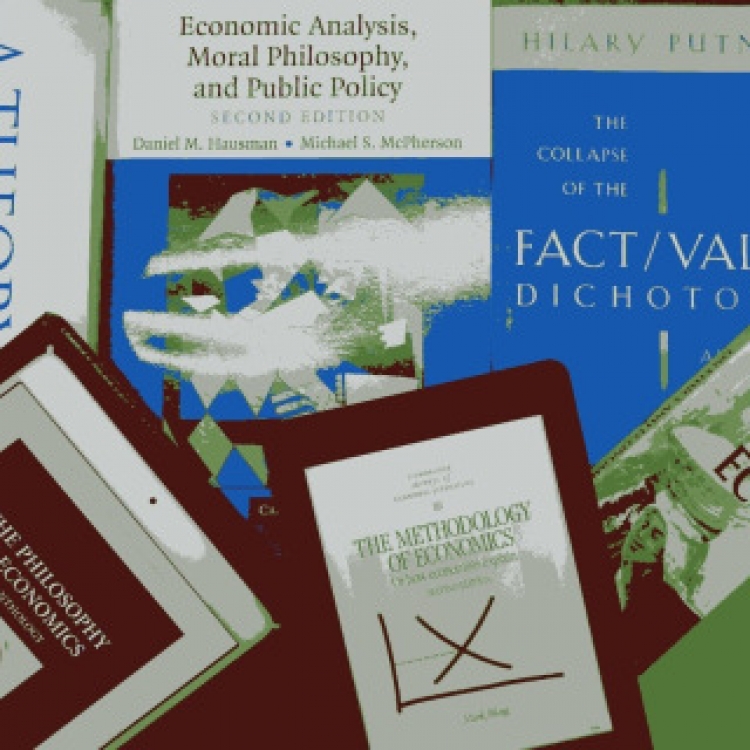

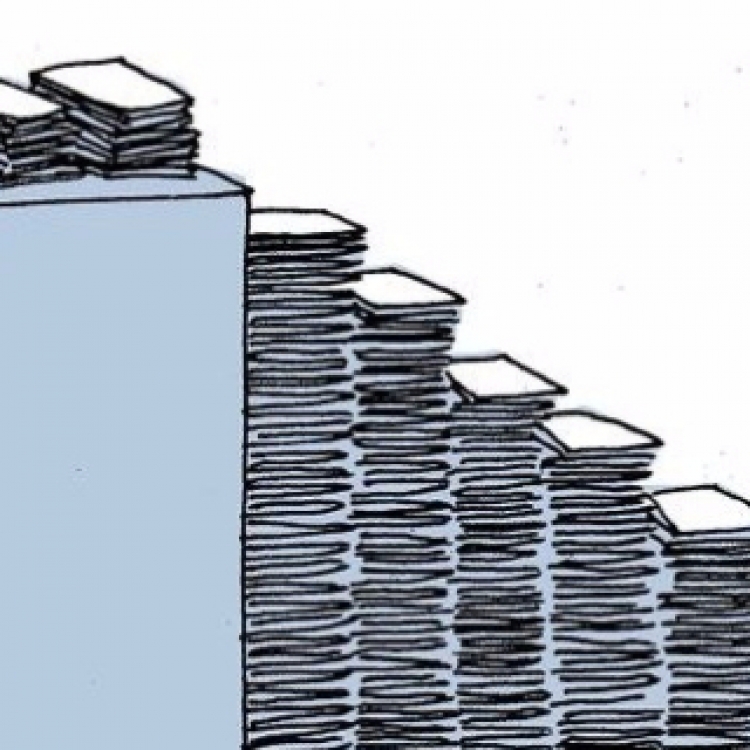

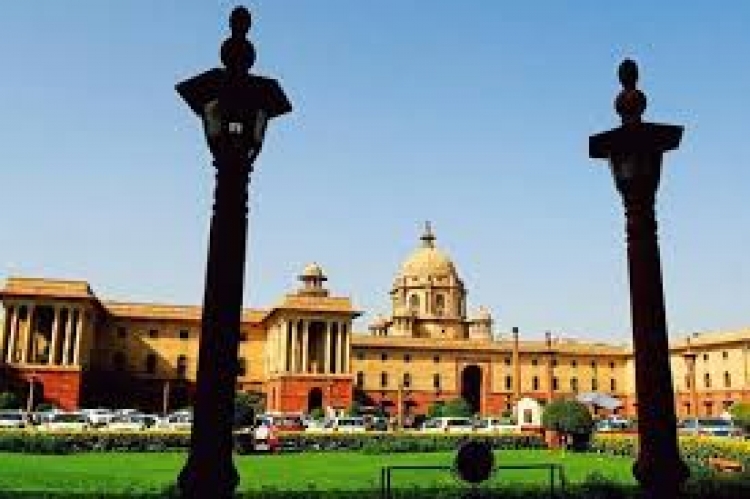

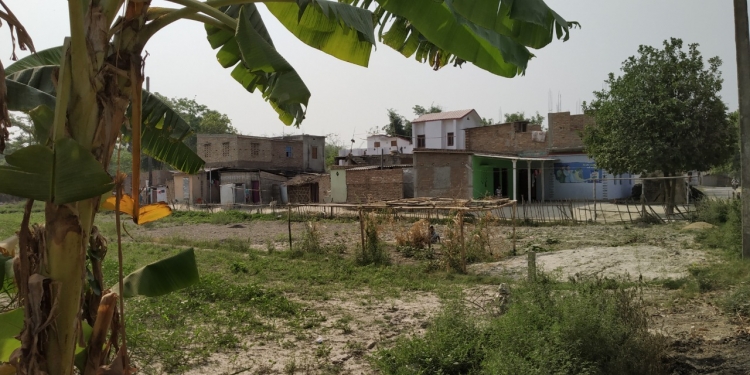
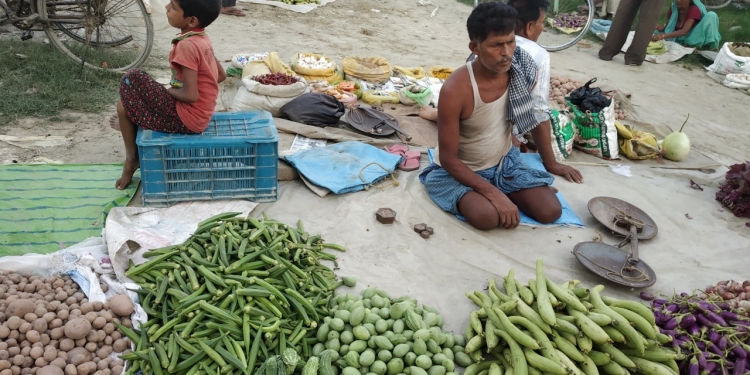
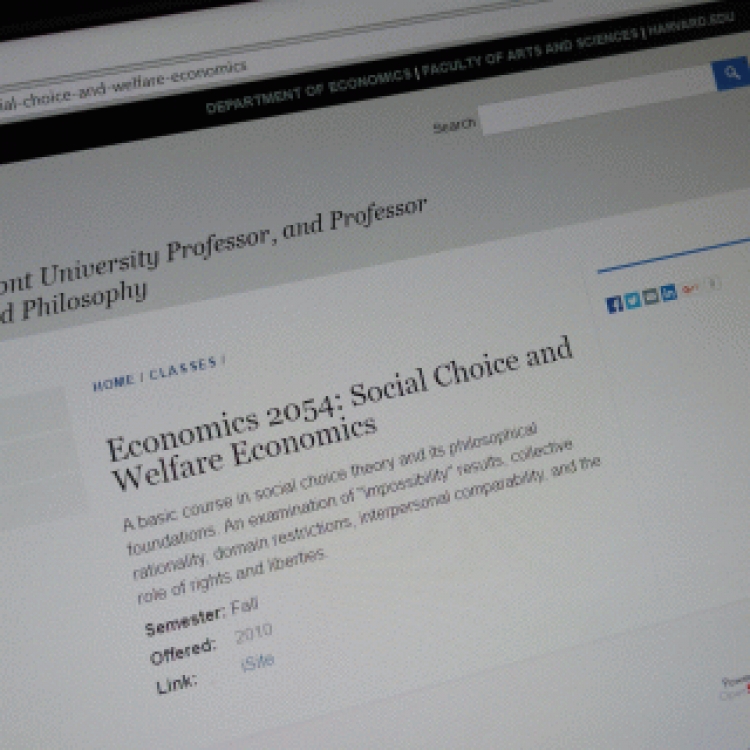
Comments
0 comment(s)